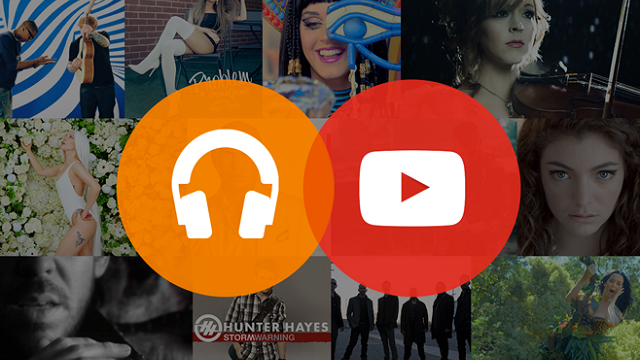YouTube Red and Google Play Music to merge into one

If there is one thing that Google is infamous for, it’s the company’s insistence of having two or more apps that do the same thing. In the communications-messaging market alone, Google has more than 6 apps, many of which (like Allo, Duo, and Messenger) do extremely similar things with a few differences here and there.
Its music-related services have always been very troublesome for the tech giant. YouTube is notorious for having virtually any type of music that you might want, but copyright woes and losses in revenue have pushed Google to pursue better alternatives.
Google Play Music is the now-traditional music streaming approach which competes with the likes of Spotify. YouTube Red is a YouTube-focused affair which also gives full access to Google Play Music, original programming, and the ability to watch videos offline and on the background.
Finally, YouTube Music is like the ad-supported version of YouTube Red, allowing users to listen to music for free in return for their time. It is quite a limited service, but that is to be expected in the free tiers.
As you can see, these services operate in a very similar way and often interconnect to the point where deciding which one to use can be a confusing and frustrating experience. It doesn’t help that Google itself seems undecided about YouTube Red and YouTube Music, often focusing on Google Play Music instead.
The point is, a single service could definitely do all of these things under a single banner. Google Play Music’s free tier, for instance, could be expanded beyond radio stations and into a full, ad-supported streaming service.
Google seems to be thinking the same thing because it is now considering merging these services together, as first reported by The Verge. This move may have been in the works for quite some time as Google has been merging various parts of the YouTube Music and Play Music teams since 2016.
A single service with fully explained subscription tiers and a clear host of features will be much more beneficial to consumers. On top of that, it would be much easier to create exposure and interest for a single service rather than attempt to explain three different ones to consumer who may only care about one.
All in all, such a merger seems like a win for both sides. Google’s approach of attempting to handle a multitude of extremely similar apps has not always worked, and this is one of the clearest examples of a “simple works best” method.



